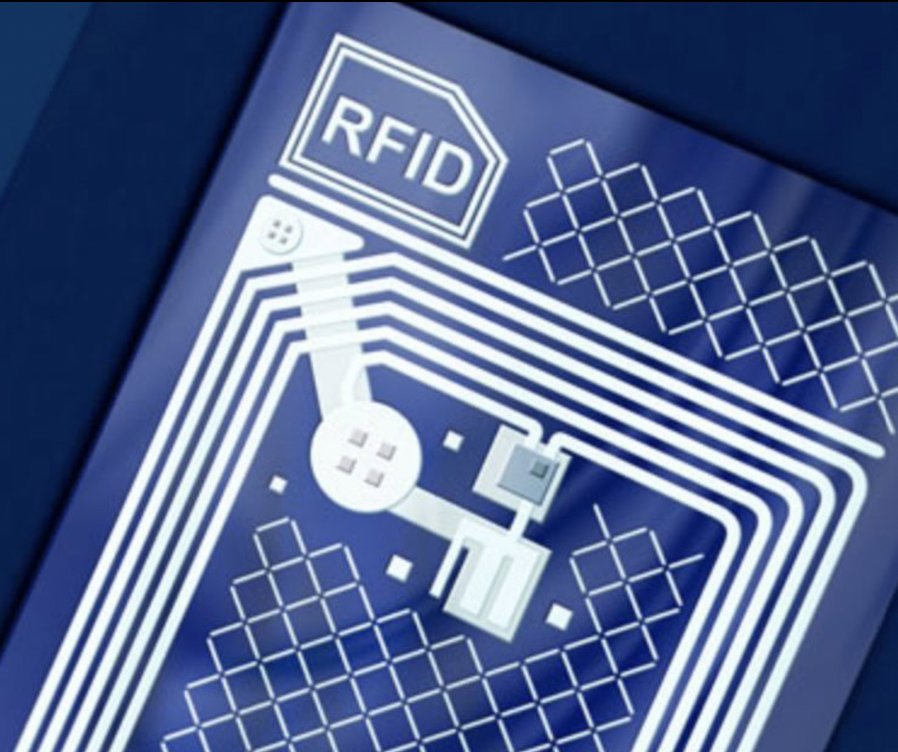Previously we discussed about gold being used in the electronic sector due to its good electrical conductivity and high resistance to corrosion and oxidisation.
However, silver has a higher electrical conductivity than gold. In fact, it has the highest electrical conductivity of all metals. Coupled with the fact that it is a much lower cost metal than gold, it is found in many everyday electronic items such as computer keyboards and televisions.
The part which uses silver is usually the switches, where a light touch is all it takes to generate a current. Its reliability at low temperatures and its inertness ensures the switches’ long-term reliability.
Silver-based ink and films are also used on printed circuit boards to create electrical pathways and RFID tag antennas. These use silver with a minuscule particle size (1-100 nanometers, that is 1-100 billionths of a meter) so very little silver is used.
Silver can also be melted using nitric acid and alloyed with palladium to make silver paste, which has seen use in solar panels for example. The silver paste on the photovoltaic cells. When sunlight reaches the cells, they set electrons free, and silver carries this current to a battery to be stored.
High end speakers also tend to use pure silver instead of copper for the wires as it is able to reproduce sound more accurately. This is again due to silver’s high conductive properties.
While silver is generally used in many electronics, it is also being slowly scaled back in use as the recent rise in price of silver coupled with the slow re-opening of industries post-pandemic is hurting industries using more silver.
This may mean that things may not last as long as they used to going forward, or that prices are going to increase along with the price of silver. More research still needs to be done to find an alternative source of conductivity as there has been no element more conductive than silver to date.
Source: geology.com silverinstitute.org resourceworld.com
#silver #silverelectronics
